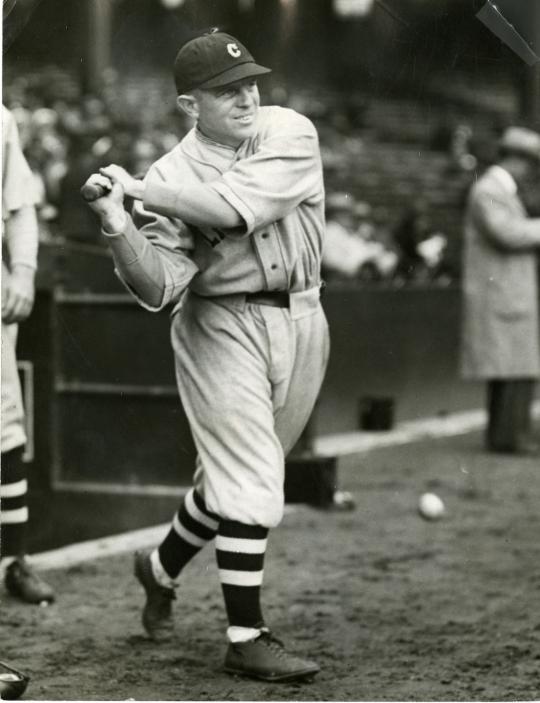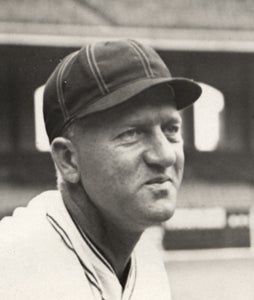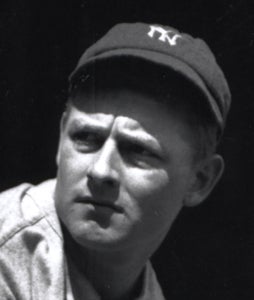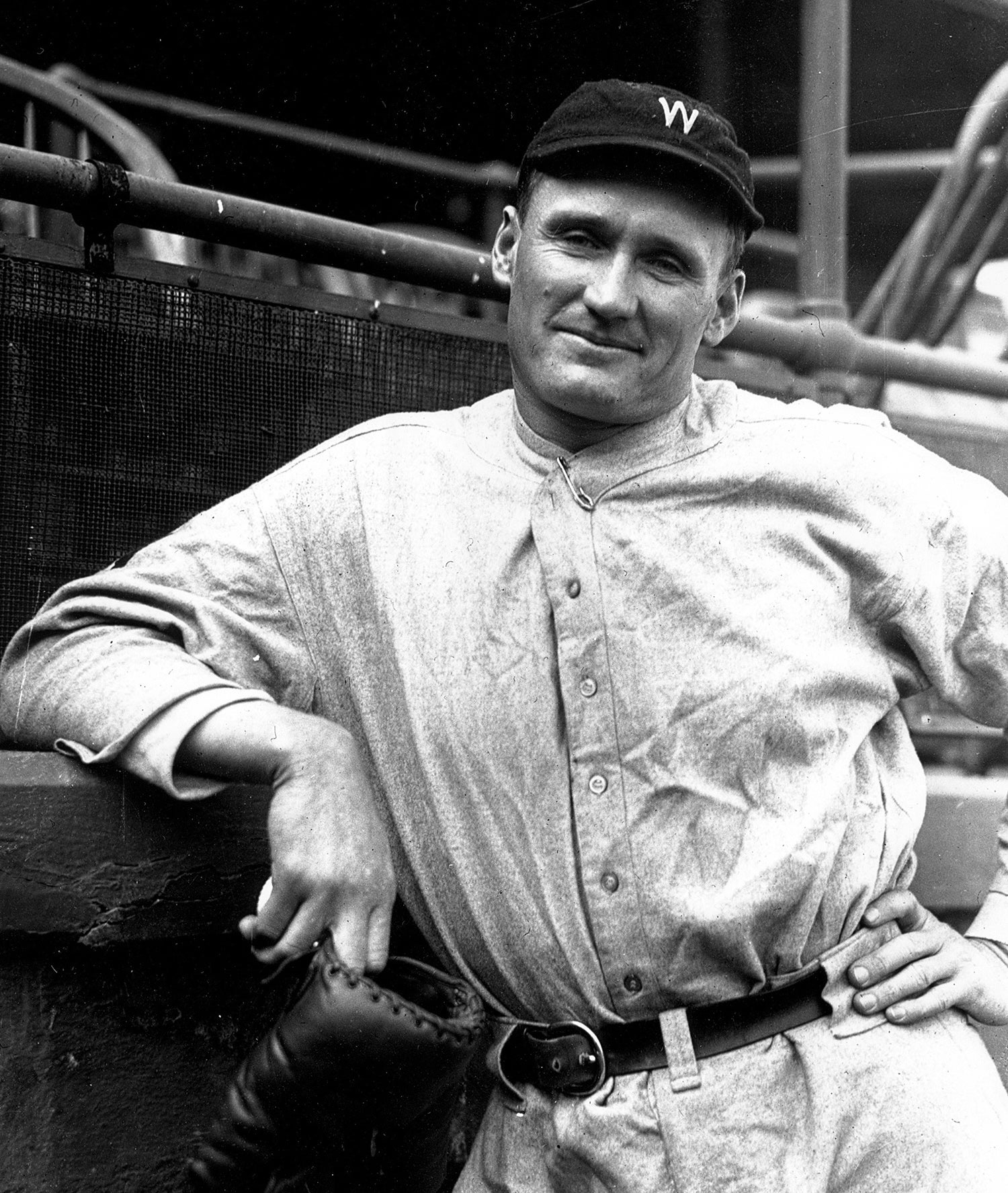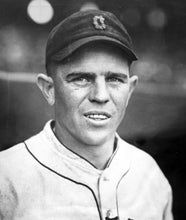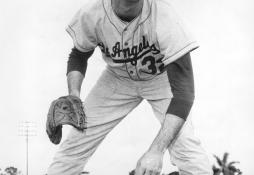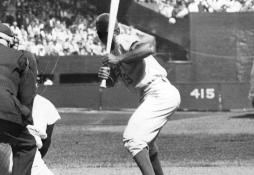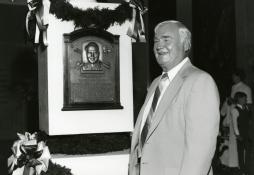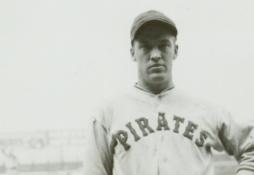- Home
- Our Stories
- Joe Sewell strikes out twice in game for first time
Joe Sewell strikes out twice in game for first time
Over nearly 145 years of professional baseball, no player was tougher to strike out than Hall of Fame shortstop Joe Sewell.
In 7,132 career at-bats, Sewell heard the umpire say “Strike three” just 114 times. That’s one strikeout for every 63 at-bats, or once every 17 games, or in just .014 percent of his total times at the plate.
Hall of Fame slugger Babe Ruth, whose power at the plate became synonymous with baseball during the time he and Sewell played, racked up nearly 12 times more punchouts in the big leagues.
“I never had trouble seeing the ball,” said Sewell, who often claimed he could see the spiraling seams on a baseball. “That’s because I followed it in. Why, I could even see the ball leave my bat.”
So it was more than a noteworthy occurrence when on May 13, 1923, Joe Sewell struck out twice in one game for the first time in his career. In truth, it was more like an historical aberration.
As an American League star in the 1920s and 1930s, Sewell regularly faced some of the best hurlers the game had ever seen, including Hall of Fame names like Red Faber, Waite Hoyt, Walter Johnson, and Herb Pennock. In 96 matchups, Hall of Famer Lefty Grove – he of 2,266 career strikeouts – could never reach strike three on Sewell, prompting him to call the shortstop the toughest batter he ever faced.
So with those impressive hurlers in mind, “Who was the first pitcher to strike out Joe Sewell twice in a game?” might make for one of the better trivia questions in baseball history. That’s because the answer is rookie Cy “Wally” Warmoth, who was making just his sixth career start when the Washington Senators traveled to Cleveland’s Dunn Field to face Sewell’s Indians.
By May 1923, Warmoth did have a couple wins against the Yankees under his belt, but few could have predicted that he would be the first to send Sewell back to the dugout twice. Though there is little anecdotal evidence from the game, a New York Times box score shows the lefty Warmoth collecting four strikeouts that day, but also issuing nine walks and losing to Cleveland by a 5-2 score.
Lest anyone thought Sewell was falling into a slump, the patient shortstop did not strike out again for another 32 games (more than a month’s time), and fanned just nine more times the entire season.
After 12 total punchouts in the 1923 campaign, Sewell would only become more disciplined as time went on. Between 1924 and his final season in 1933, Sewell recorded two seasons with just three strikeouts and three more with only four strikeouts. In fact, he was hit by a pitch more times than he struck out in five different seasons during that span.
Sewell’s consistency stretched beyond his plate discipline. A .312 lifetime hitter, he carried a 1,103 consecutive games played streak through much of the 1920s. Perhaps his most incredible feat is that he used the same bat, seasoned with chewing tobacco and sanded with an old Coke bottle, for every game of his career.
Warmoth, the southpaw who twice set down Sewell in 1923, would not last in the majors beyond that season. As for Sewell, he would only suffer one other two-strikeout game – against another rookie southpaw named Pat Caraway (who would last in the majors just three seasons himself) during an Indians-White Sox tilt on May 26, 1930.
Call it beginner’s luck for Warmoth and Caraway. With a hitter as foolproof as Sewell, there’s no other way to explain it.
“There’s no excuse for a major league player striking out 100 times a season,” Sewell said in 1960. “Unless, of course, he’s blind.”
Sewell was elected to the Hall of Fame in 1977.
Matt Kelly was the communications specialist for the National Baseball Hall of Fame and Museum
Support the Hall of Fame
Related Stories
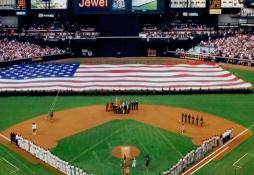
#Shortstops: Heroes, Hall of Famers and Sept. 11

'On Account of War'

Carl Hubbell wins 24th consecutive game
BL-175.2003, Folder 1, Corr_1971_02_09

#CardCorner: 1972 Topps Jose Pagan

Reds slugger Frank McCormick
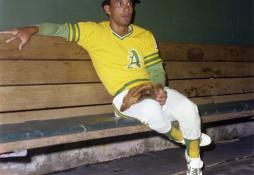
Last Day in the Dugout

Bucky Walters - Making his pitch
A’s shut down Big Red Machine in thrilling Game 7
01.01.2023
Alex Rodriguez Donates Bat Used for His 2,000th RBI to Hall of Fame
01.01.2023

